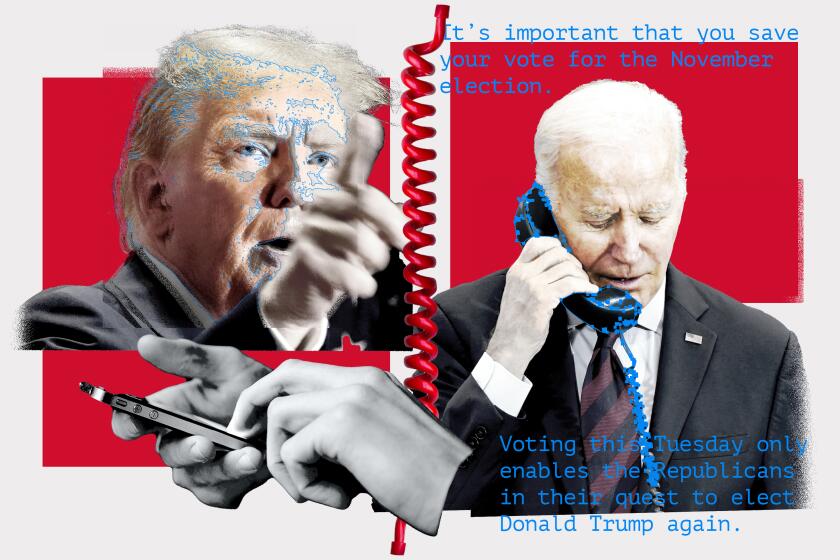A declaration for all time
The story of the Declaration of Independence has been mined so deeply and disseminated so widely that most of the myths surrounding it have long since been dispelled. It was not, we now know, on the 4th of July, 1776, that Americans declared their independence, but on the 2nd of July — when the Second Continental Congress formally resolved that the colonies ought to be independent and that bonds to the British Crown should be dissolved (leading John Adams to write to his wife that July 2 would henceforth be celebrated by Americans as their “Day of Deliverance” and “solemnized with Pomp and Parade, with Shews, Games, Sports, Guns, Bells, Bonfires and Illuminations from one End of this Continent to the other”).
The Declaration itself was signed two days later, but, frankly, many considered it a not terribly important document, more “dress and ornament rather than Body, Soul or Substance,” as Adams put it. It took months before an official copy arrived in Europe (the original dispatched by the Congress got lost), according to historian Pauline Maier, and in the decades that followed, it did not stand out for most Americans as the classic statement of their national principles. A British parliamentarian, admittedly biased, called it “a wretched composition, very ill written, drawn up with a view to captivate the people.”
One reason it didn’t immediately take its rightful place in history may be that it was viewed very differently then than it is now. Indeed, even Thomas Jefferson, when he drafted it, didn’t see it as fundamentally about liberty or equality or the rights of man, as we do today. His focus, says Maier, was less on individuals than on colonial grievances and the prerogative of the people, collectively, to “alter and abolish” any government that failed to represent them or to ensure their safety and happiness.
It was only years later that the first sentence of the second paragraph came to be seen as the central idea — the sentence declaring that “all men are created equal, that they are endowed by their Creator with certain unalienable rights, that among these are life, liberty and the pursuit of happiness.”
Today, with King George’s misrule largely forgotten or forgiven, it is those two key concepts — liberty and equality — that continue to both guide and bedevil Americans. On the face of it, and especially in Jefferson’s eloquent words, they seem such clear, fundamental principles, yet 234 years later, there is still vehement disagreement about what they mean and how to apply them. Think of the issues raised at the contentious confirmation hearings of Supreme Court nominee Elena Kagan last week. Just how much liberty is guaranteed by the Constitution’s 4th Amendment ban on unreasonable searches and seizures? Does the freedom to speak one’s mind extend to the right to counsel terrorist groups? Should judges, in their effort to guarantee equal justice, feel a special solicitude for the “despised and disadvantaged”? When may the government seize private property? Could Congress pass a law mandating that Americans must eat their fruits and vegetables?
Each of those is really a question about how far liberty ought to extend, or how equality can most fairly be defined. In case after case this year, the Supreme Court, too, turned and turned those concepts of liberty and equality in its hands. Are corporations entitled to the same 1st Amendment free speech guarantees as individuals? That was the question in the troubling Citizens United decision, which permitted companies to spend unlimited sums to influence elections. In McDonald vs. Chicago, the court considered whether the right to bear arms is one of the core liberties of U.S. citizens or whether guns, as Justice John Paul Stevens put it, “have a fundamentally ambivalent relationship to liberty.”
For Congress, for President Obama, for governors and legislators, these debates loom large as well. Indeed, what’s so inspiring about this country is that so many years after the revolution, our leaders — when they’re not pandering for partisan advantage or airing attack ads or flying off on junkets or defending special interests or sleeping with their staffers — are still feverishly debating the bedrock questions that engaged the founders in the Declaration, the Federalist Papers, the Constitution and the Bill of Rights.
Even voters themselves are asked to wrestle regularly with these enormous philosophical questions. Voters in California, for example, squarely addressed the subject of equality in 2008 when they chose — wrongly, in the view of this page — not to allow same-sex marriage. They’ll consider the limits of liberty later this year when they’re asked to decide whether Californians should be allowed to smoke marijuana legally.
Disagreements over the scope of liberty and equality run as deep today as they did in Jefferson’s day. But the fact that there’s still so much debate, and so many new circumstances to which those basic precepts must be applied, deals a heavy blow to the arguments of the strict constructionists and original intenters, who seem to believe that all questions about American law can be answered by imagining that we still live in the 1700s or by trying to intuit what the country’s founders would have thought.
The reality is that times change and values change. The text of the Constitution and of the Declaration and the context in which they were written are important, but so is the subsequent evolution of the country. The founders may have been slaveholders, but over time, the three-fifths compromise gave way to “separate but equal,” which in turn gave way to Brown vs. Board of Education, which held that segregation was inherently unequal. Similarly, the 1st Amendment, written when those who owned printing presses held a monopoly on speech, now must be retrofitted to include text messages and cloud-based e-mail and Facebook.
The brilliance of America’s guiding principles lies, ultimately, in their breadth, flexibility and resiliency, which allow them to be endlessly reexamined, reinterpreted and, ultimately, reaffirmed. Abraham Lincoln, an especially fervent devotee of the Declaration of Independence, understood that when he wrote in 1859: “All honor to Jefferson — to the man who, in the concrete pressure of a struggle for national independence by a single people, had the coolness, forecast and capacity to introduce into a merely revolutionary document, an abstract truth, applicable to all men and all times, and so embalm it there, that today and in all coming days, it shall be a rebuke and a stumbling block to the very harbingers of reappearing tyranny and oppression.”
More to Read
Start your day right
Sign up for Essential California for news, features and recommendations from the L.A. Times and beyond in your inbox six days a week.
You may occasionally receive promotional content from the Los Angeles Times.






